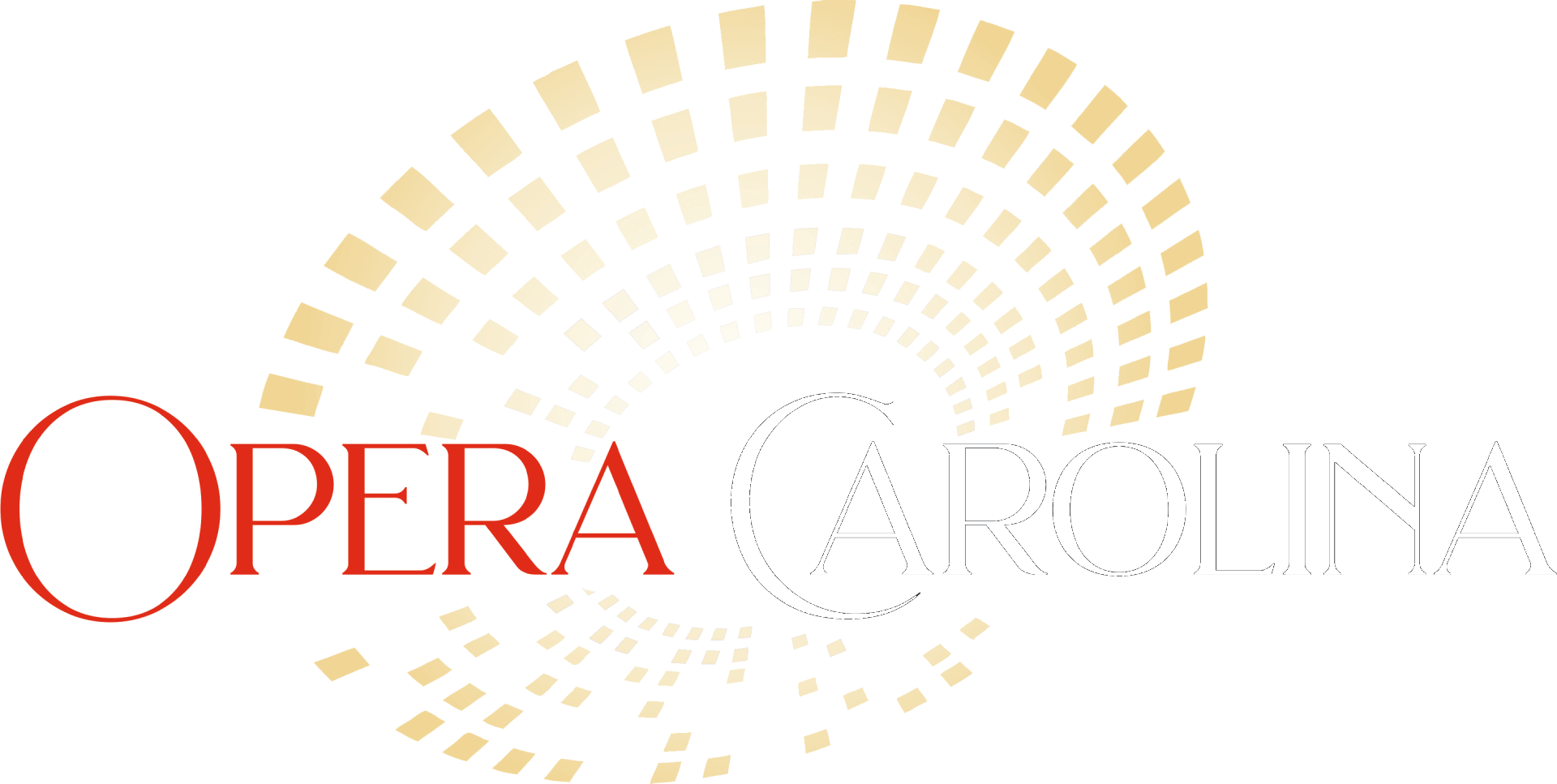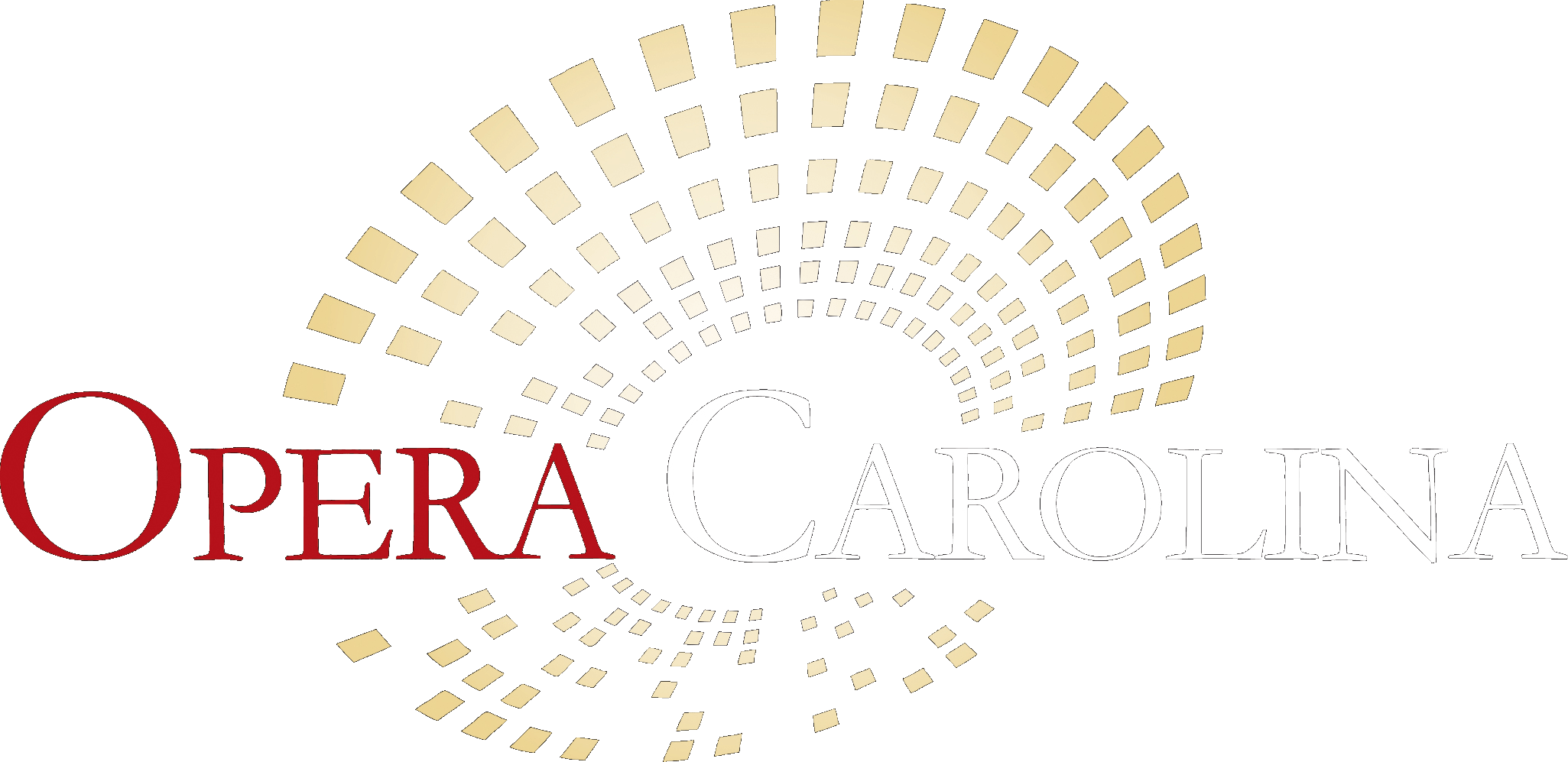Opera 101
Opera is an all-in-one art form… a feast for the eyes, ears, heart, mind and soul. And while you probably know more about Opera than you think you do, digging a little deeper before your visit will make the experience even sweeter.
Explore on. Read about the transition of Opera from its beginnings to today – and learn about monumental works from each period.
Opera Then to Now
Beginnings: Late Renaissance & Baroque Period
Time Period:
LATE 1500S – EARLY 1700S
Notable Composers:
CLAUDIO MONTEVERDI, GEORGE FRIDRICH HANDEL
The roots of opera can be traced back to the late Renaissance, when Italian philosophers and artists in Florence attempted to revive the ways of ancient Greece in academics and the arts. Like the Greeks, they aimed to combine poetry, music, and stage visuals all at once but they did not have a name for this new art form so they called it “work”; and the Italian word for work is opera.
This new art form spread from Florence to all of Italy and then to France, gaining popularity in the Baroque period as composers began to experiment with musical ornamentation for the voice. These stories were drawn mostly from classical mythology and the poetry of ancient Greece and Rome. Many Baroque operas have been lost, but Claudio Monteverdi’s La Incoronazione di Poppea, from 1643, is still performed today! Another operatic name from the Baroque period – though he is most well known for his Messiah- is Handel, whose operas include Serse (Xerxes) and Giulio Cesare (Julius Caesar).
Classical Period
Time Period:
MID – LATE 1700S
Notable Composers:
CHRISTOPH WILLIBALD GLUCK, WOLFGANG AMADEUS MOZART
In this era, opera shifted its importance from the singer to the drama, letting the music help tell the story. Composer Gluck is credited for this controversial shift, which set the precedent for all opera to follow. Wolfgang Amadeus Mozart (1756-1791) was a large figure in this era. His works offer an impressive range of witty comedies to profound allegories, many of which remain popular today. Some of Mozart’s main operatic works include:
- The Marriage of Figaro: Clever servants outwit their philandering master. A joyous masterpiece of comedy and sentiment, on the eve of the French Revolution and liberal politics.
- Don Giovanni: The story of a man who loves then leaves every woman he meets. Hilariously un-PC and terrifying at the same time.
- The Magic Flute: A prince tries to steal a princess away from a wizard, but winds up joining the wizard’s brotherhood of light and truth. A fun-filled fairy tale as well as a profound allegory about the Age of Enlightenment.
Bel Canto Period
Time Period:
LATE 1700S – 1850S
Notable Composers:
GIOCCHINO ROSSINI, GAETANO DONIZETTI, VINCENZO BELLINI
While the Classical period of Opera tried to advance the art form, the Bel Canto period tried to reassert the importance of the voice. Bel canto literally meaning “beautiful singing,” the Italian composers of this movement sought to reassert the importance of the voice as the chief expressive element in opera. In serious opera, tragic endings and mad scenes become hallmarks; in comic opera, or opera buffa, slapstick still rules. A couple of the period’s most popular operas are:
- Lucia di Lammermoor by Donizetti: A dreamy young woman’s unscrupulous brother destroys her love affair, her sanity, and eventually her life. Everyone’s favorite bel canto tragedy with a fabulous mad scene.
- The Barber of Seville by Rossini: Quick-witted Figaro (the same character who appears in Mozart’s Marriage of Figaro) helps a lovesick young count steal a girl away from a crotchety old man. One of opera’s most beloved comedies.
Grand Opera
Time Period:
1840 – 1890
Notable Composers:
GIUSEPPE VERDI, RICHARD WAGNER
In the latter half of the seventeenth century, Giuseppe Verdi reigns supreme. The works of great literary Romantics of his day – Shakespeare, Hugo, and others – inspire action-packed melodramas filled with vivid characters. Deeply involved in politics, Verdi himself becomes a national hero, and his catchy music becomes the anthem of the Italian people, particularly the famous Va pensiero. Verdi crafts opera into a seamless whole in which the music flows from beginning to end, rather than the stop-start style of his predecessors.
While Verdi was developing opera on the Italian front, Richard Wagner was revolutionizing the art form in his own way. Wagner had his own ideal of what opera should be: He lengthened operas, enlarged their orchestras, wrote music that was continuously flowing with challenging vocal lines, and combined mythology, psychosexual undertones, spirituality, and overwhelmingly emotional music to create his ideal art form. A few of Verdi’s and Wagner’s masterpieces include:
- Rigoletto: An evil duke’s stooge, a pathetic jester, seeks revenge on his master – only to kill the only person who loves his innocent daughter. A gripping and grisly exploration of humanity’s dark side.
- La traviata: A dying courtesan makes the ultimate sacrifice for the sake of the man she loves. Tuneful, heart-wrenching, and surprisingly modern.
- Aida: An enslaved Ethiopian princess falls in love with her father’s enemy, the commander of the Egyptian armies. Majestic and grandiose (and in some productions, filled with camels and elephants).
- Tristan and Isolde: The tale of frustrated lovers who achieve the ultimate union by dying for love. Arguably the most important opera ever written, Wagner’s masterpiece paved the way for modern art.
- The Ring of the Nibelung: The Ring is a mythic, four-opera saga about a world of gods, dwarves, giants, dragons, and everyday humans all fighting for possession of a magic golden ring. Its operas (Das Rheingold, Die Walküre, Siegfried, and Götterdämmerung) can total over 16 hours in length.
French Opera
Time Period:
1850 – 1900
Notable Composers:
CHARLES GOUNOD, GEORGES BIZET, JACQUES OFFENBACK, CLAUDE DEBUSSY
French operas were being written concurrently to Wagner’s body of work and ensured the audience understood every word. Budgets at the Paris Opéra were lavish. Productions used huge orchestras, awing sets and costumes, and special effects ranging from ice-skating ballets to exploding volcanoes. The most important composers include Charles Gounod, Georges Bizet, Jacques Offenbach (The Tales of Hoffmann), Jules Massenet (Manon, Werther), and Claude Debussy (Pelleas and Melisande). Two of the most-well known and most revered operas are:
- Faust by Gounod: Old doctor Faust sells his soul to the devil to win youth and the beautiful Marguerite. This traditional tale is enveloped in Gounod’s sweet, poignant, and catchy tunes.
- Carmen by Bizet: Opera’s sexiest gypsy femme fatale seduces and then spurns a down-and-out soldier, who then kills her. Perhaps the most popular opera ever, with strong characters, intense drama, and instantly recognizable tunes.
Giacomo Puccini
Time Period:
1858 – 1924
Notable Composers:
GIACOMO PUCCINI
The most beloved opera composer of all time, Puccini ruled the world of opera by writing emotional, passionate, and evocative stories of suffering women. His masterpieces are the most accessible, most frequently performed operas to date, and hook us with realistic stories about characters that are utterly believable. Whether his works contain romance or thrilling suspense, you’re always sure to leave the theater humming a Puccini melody. Several of his masterworks include:
- La Bohème: A moving, high-spirited story of four young artists and a love affair ending in poignant death. Some of the most beautiful music ever written.
- Tosca: An evil police chief destroys the lives of a famous soprano and her painter boyfriend. A thriller set to a perfectly exciting score.
- Madama Butterfly: A tragic tale of a Japanese girl seduced and abandoned by an American sailor, and the honor she devastatingly preserves. A heart-wrenchingly beautiful tale.
Modern Opera
Time Period:
1900 – NOW
Notable Composers:
GEORGE GERSHWIN, LEOS JANÁCEK, BENJAMIN BRITTEN, ALBAN BERG
At the turn of the twentieth century, operas emerge from all over the world. Many modern operas concern the anxiety and alienation of twentieth-century life, and explore contemporary themes using techniques drawn from the musical, visual, and narrative art forms of the time. We also begin to see a blurring of lines between opera and musical theater. Some landmark works from 1900 to present:
- Jenůfa by Leos Janácek: A stepmother murders her unwed stepdaughter’s child so the girl will be able to marry and have a chance at happiness. One of the great Czech operas.
- Porgy & Bess by George Gershwin: A homeless, crippled man rescues a battered woman from an abusive relationship, only to lose her to a drug dealer. The first great popular opera in America.
- Peter Grimes by Benjamin Britten: A loner in a small British seaside town seeks success and marriage, but three of his apprentices die and the town blames him. Suicide is his way out. Britten’s first great success and most melodically satisfying opera.
- Wozzeck by Alban Berg: A simple soldier is chewed up and destroyed by the oppressiveness of “the system.” Berg’s masterpiece uses a raw musical language to supreme emotional and theatrical effect.

